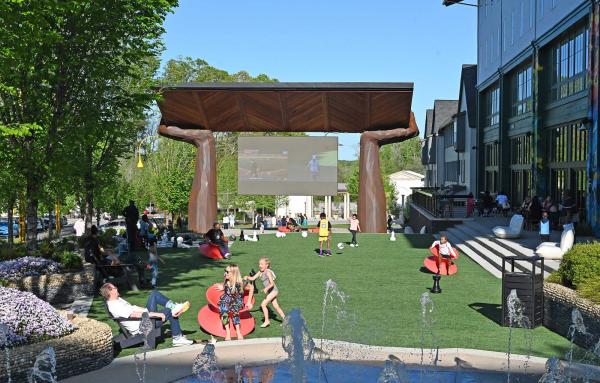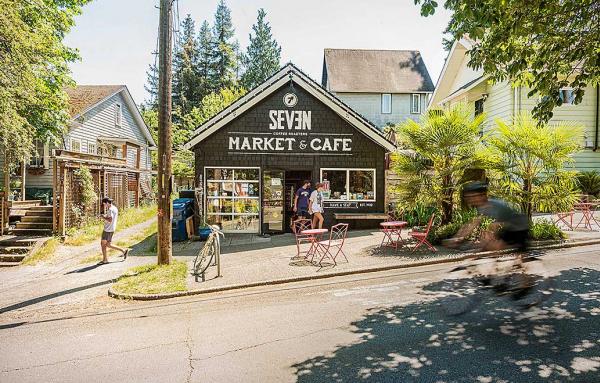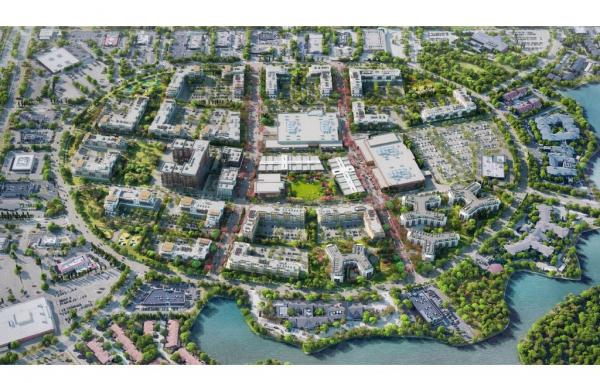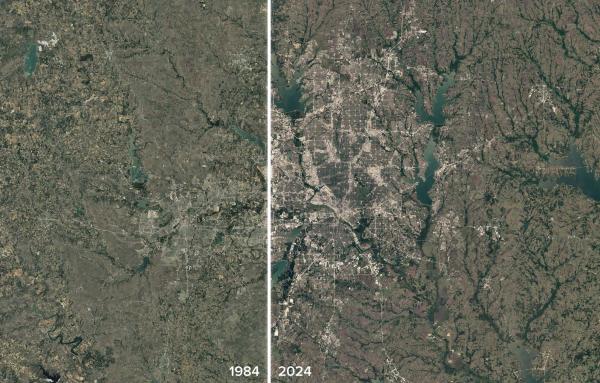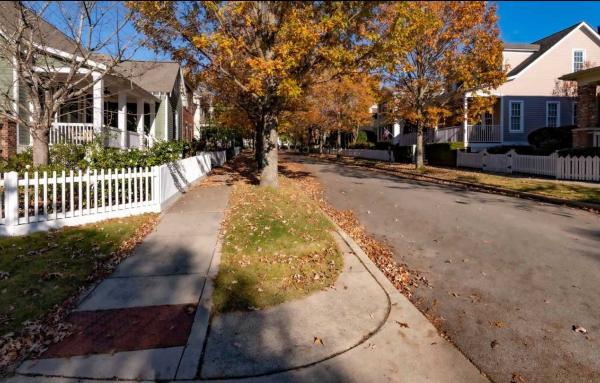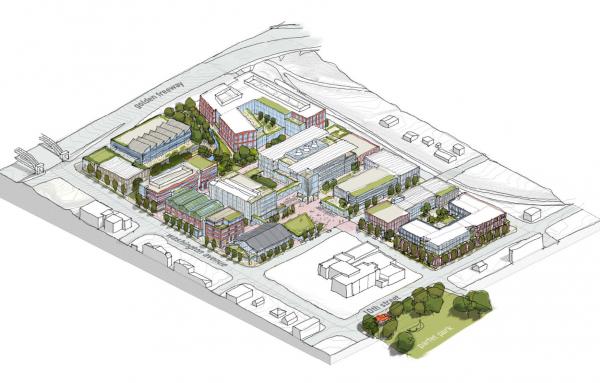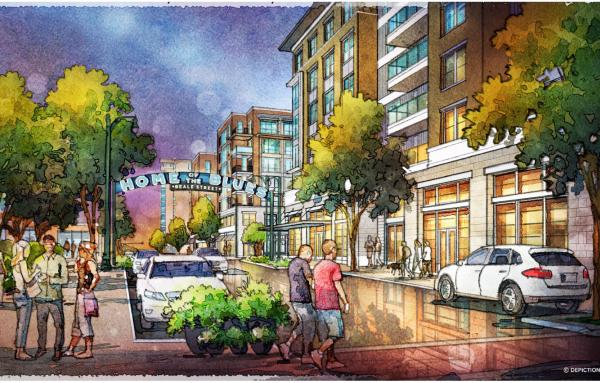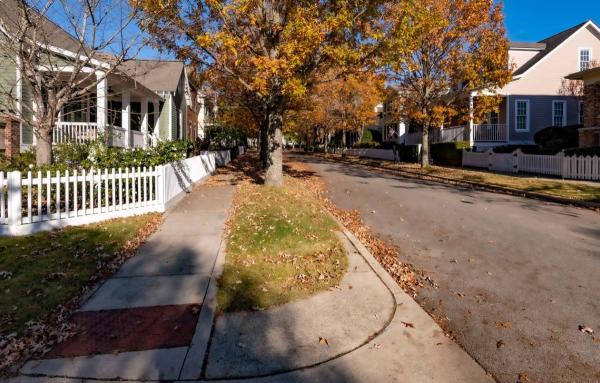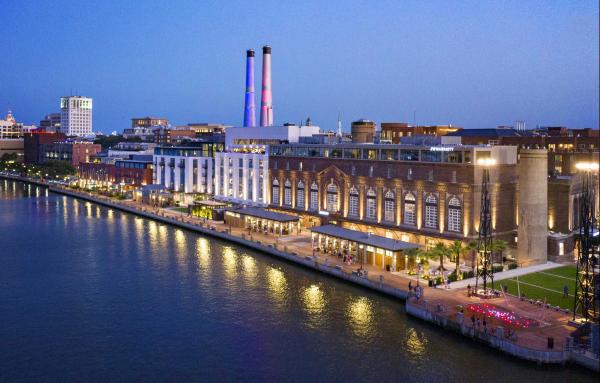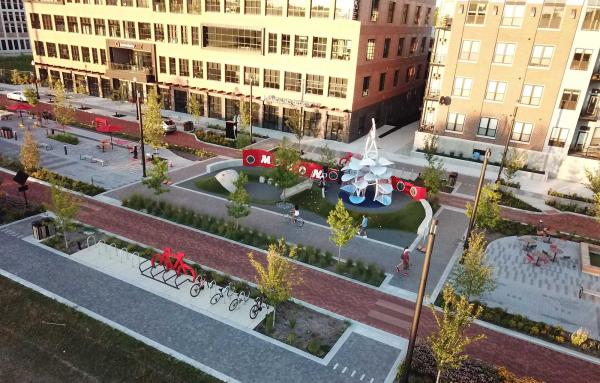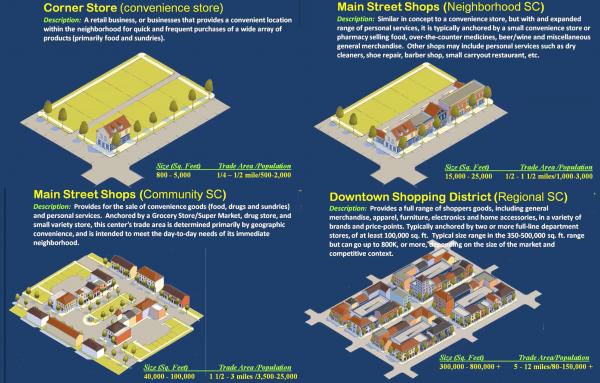Mixed-use
The town center at Trilith creates a walkable downtown in the rural/suburban county 20 miles south of Atlanta.
Neighborhoods used to be full of local businesses, but they have dwindled over the past century. Maybe it’s time to figure out how to make neighborhoods business-friendly again.
Formerly the largest mall in the state, Lakeside Mall in Sterling Heights will see new life as a mixed-use City Center.
A development plan in Edmond, Oklahoma, has 10-foot-wide townhouses and a mix of small commercial and residential buildings to create intimate urban spaces on the edge of downtown.
The Lone Star State is at a unique historical point where rapidly increasing population may lead it down the same path as California. We have an opportunity to shape that growth.
Providence in Huntsville looks like many other traditional neighborhood developments, but it also boasts three times the number of jobs as residences. How did it accomplish that and other seemingly impossible tasks?
As its name suggest, Golden, Colorado, began as a gold rush town, but it’s biggest economic driver in the 20th Century was the golden liquid of Coors beer and Coors-related operations. The Coors family started the Coors Brewing Co. (now Molson Coors...
Despite the pandemic's devastating impact on the office market, downtowns and nearby walkable neighborhoods are looking forward to two decades of growth driven by demographic and economic change.
Creating a town center with appealing public spaces and a mix of uses has many advantages over a conventional office park, and that draws employers to the Village of Providence.
The Plant Riverside District in Savannah, Georgia, transformed an abandoned industrial site into the most significant modern expansion of the city’s urban core. Sottile & Sottile and The Kessler Collection won the 2021 CNU Grand Prize Charter...
Carmel, Indiana, is building a walkable downtown from scratch—and also planning to have a strong tax base for many years to come.
Walkable urban place types are critical to life in traditional cities and they will thrive in the long run.
